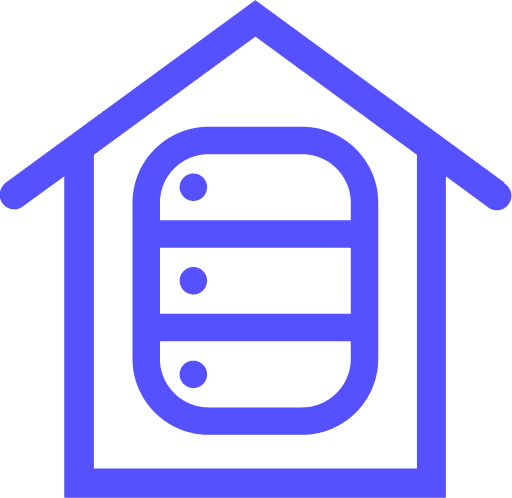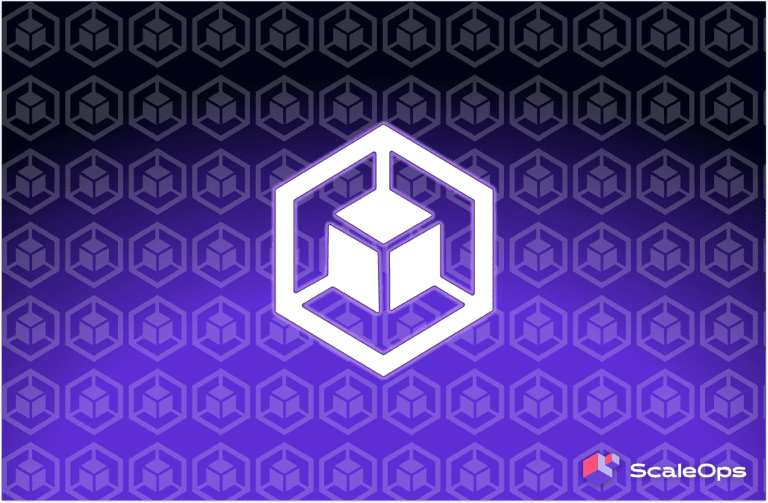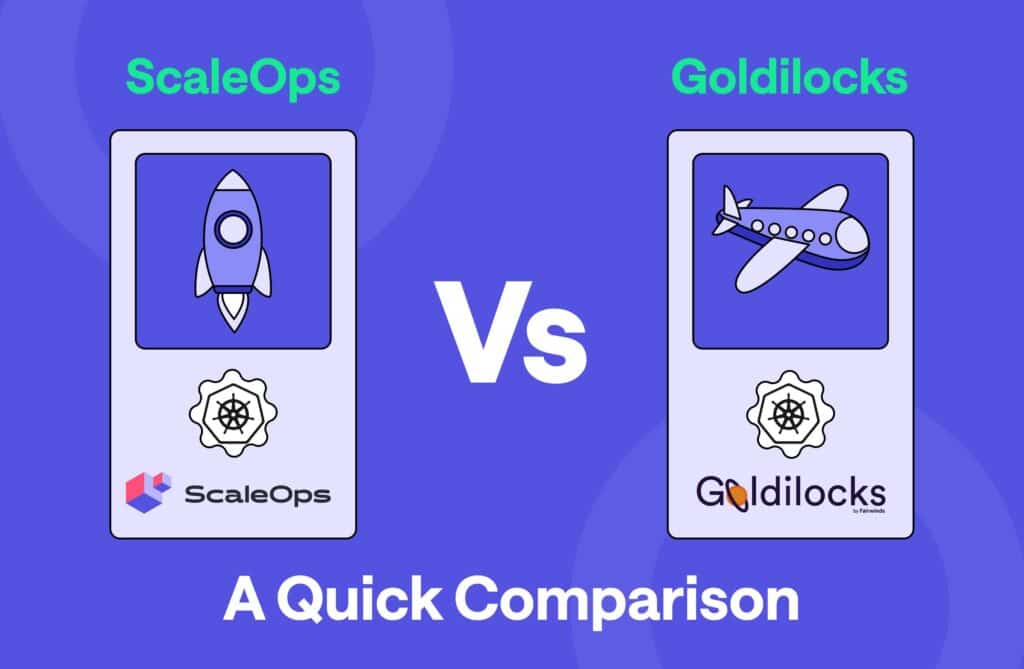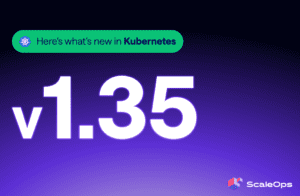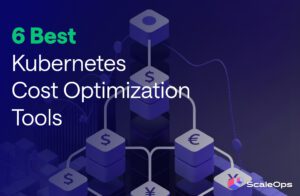Kubernetes has become the de facto standard for container orchestration, but managing resources efficiently remains a challenge. Two prominent solutions in this space are ScaleOps and Goldilocks. While both platforms aim to optimize Kubernetes resource management, ScaleOps offers a suite of features that make it a more comprehensive and powerful choice. Let’s delve into the detailed comparison and highlight why ScaleOps stands out.
Installation and Onboarding
Installation Time:
Both ScaleOps and Goldilocks boast a quick installation time of just 2 minutes, making the initial setup straightforward and efficient.
Both platforms support self-hosting, ensuring flexibility in deployment.
Pod Rightsizing
Optimizing container resources is crucial for maintaining application performance while minimizing costs. ScaleOps takes container rightsizing to the next level with continuous and dynamic adjustments.
ScaleOps:
- Continuous Optimization: Unlike Goldilocks, which typically provides static recommendations, ScaleOps continuously monitors and adjusts container resource allocations. This ensures that resources are always optimized according to the current workload demands.
- Context-Aware and Fast Reaction: ScaleOps combines history-based reactive models with forward-looking proactive and context-aware models, allowing it to intelligently scale workload resource requests to adjust for real-time changes in resource demands.
- Pod Specification Level: ScaleOps fine-tunes the resource allocations at the pod specification level, meaning that both CPU and memory resources are adjusted in real-time to meet the needs of each container. This helps prevent over-provisioning, which can lead to wasted resources, and under-provisioning, which can cause performance issues.
- Supported Workloads: ScaleOps automatically identifies a wide range of workloads, including custom workloads. It optimizes pods not owned by native Kubernetes controllers with out-of-the-box tailored policies, providing a more comprehensive solution.
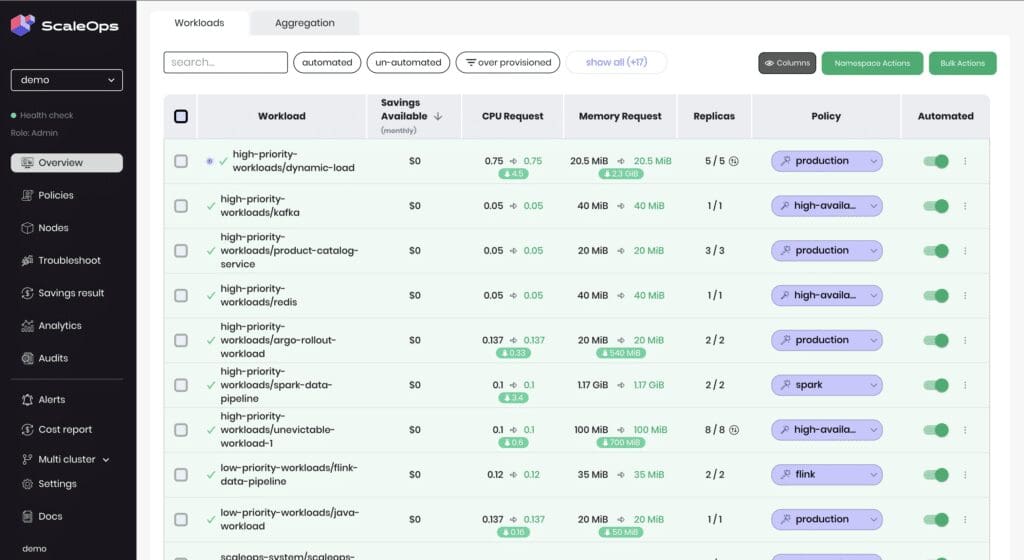
Goldilocks:
- Primarily focuses on providing initial rightsizing recommendations only for native Kubernetes workloads based on historical usage data. While useful, this approach lacks the continuous optimization necessary to adapt to changing workload demands.
- Rightsizing recommendations are based only on historical usage patterns, requiring a long period of training time to get workable recommendations
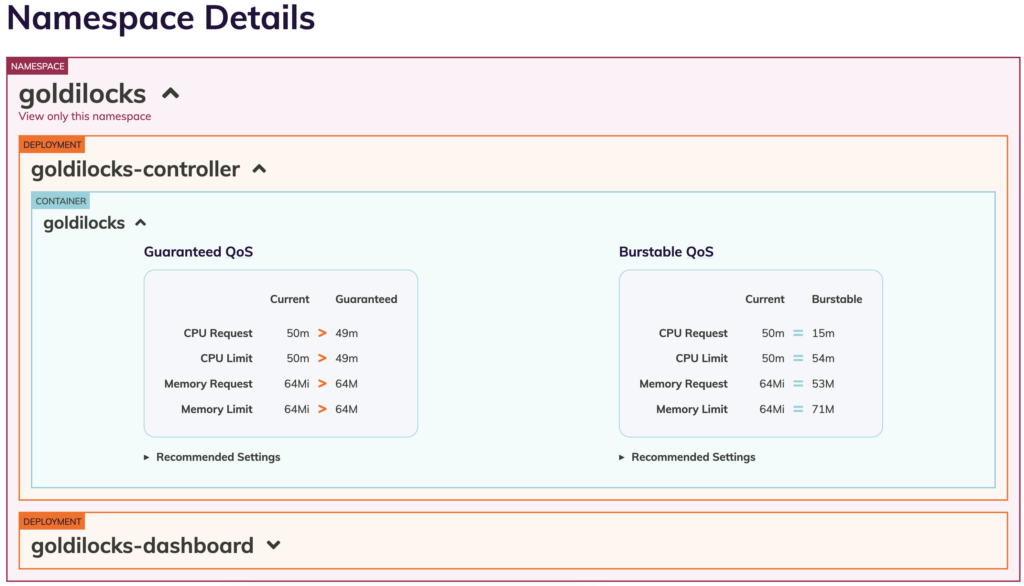
Custom Scaling Policies
Effective scaling policies are essential for maintaining performance and availability in a dynamic Kubernetes environment. ScaleOps excels in this area by offering highly customizable scaling policies that can be tailored to specific workloads and applications.
ScaleOps:
- Out Of The Box Policies: ScaleOps comes with out-of-the-box scaling policies that enable teams to get up and running in a matter of minutes while investing zero effort and getting maximum savings and performance improvements
- Application-Aware Policies: ScaleOps automatically detects the application type and sets the appropriate scaling policy. This intelligent policy assignment ensures that each workload is scaled optimally based on its unique requirements.
- Custom Scaling: Beyond predefined policies, users can create bespoke scaling strategies that consider specific metrics and thresholds relevant to their applications. This level of customization ensures that resource allocations are perfectly aligned with the actual needs of the workloads.
Goldilocks:
- Limited to basic scaling recommendations without the depth of customization and application awareness offered by ScaleOps.
Auto-Healing and Fast Reaction
In a Kubernetes environment, unexpected issues such as sudden traffic spikes or node failures can occur at any time. ScaleOps provides robust auto-healing and fast reaction mechanisms to maintain stability and performance.
ScaleOps:
- Proactive and Reactive Mechanisms: ScaleOps employs a combination of proactive and reactive strategies to address issues. Proactively, it monitors for potential problems and makes adjustments before they impact performance. Reactively, it quickly responds to unexpected events such as traffic surges or node failures.
- Issue Mitigation: The platform automatically mitigates issues caused by sudden bursts in traffic or stressed nodes, ensuring that applications remain stable and performant. For instance, if a node becomes stressed due to high CPU or memory usage, ScaleOps can redistribute the load or scale up resources to maintain performance.
- Zero Downtime Optimization: By using sophisticated algorithms and zero downtime mechanisms, ScaleOps ensures that optimizations are applied without disrupting ongoing workloads. This is crucial for maintaining the availability of mission-critical applications.
Goldilocks:
- Lacks proactive auto-healing capabilities and relies more on static recommendations, which may not be sufficient to handle dynamic and unpredictable Kubernetes environments.
Scope and Features
ScaleOps and Goldilocks differ significantly in their scope and capabilities concerning Kubernetes resource management. While Goldilocks focuses primarily on pod rightsizing recommendations, ScaleOps offers a comprehensive platform that addresses a wide array of resource management aspects within Kubernetes.
For instance, ScaleOps includes automatic bin-packing for unevictable workloads, proactive and reactive mechanisms for auto-healing, and custom scaling policies tailored to specific application types. Additionally, ScaleOps offers extensive troubleshooting capabilities at the workload, cluster, and node levels, along with cost monitoring and real-time alerts.
On the other hand, Goldilocks is designed to provide recommendations for optimizing resource requests and limits for pods. Its functionality is more focused, lacking the broader optimization, troubleshooting, and cost management features that ScaleOps encompasses. This makes ScaleOps a more versatile and robust solution for organizations needing an all-in-one platform for Kubernetes resource management.
Conclusion
ScaleOps clearly offers a more extensive and robust solution for Kubernetes resource management compared to Goldilocks. With its advanced optimization features, seamless integrations, comprehensive visibility and troubleshooting tools, and detailed cost monitoring, ScaleOps is the superior choice for organizations looking to maximize their Kubernetes efficiency and performance.
Ready to revolutionize your Kubernetes resource management? Try ScaleOps today and experience the difference. Visit ScaleOps to get started!











